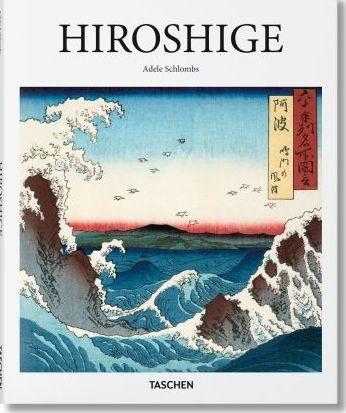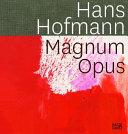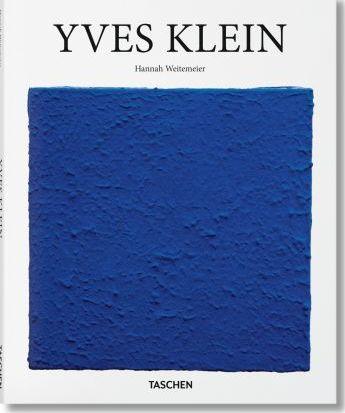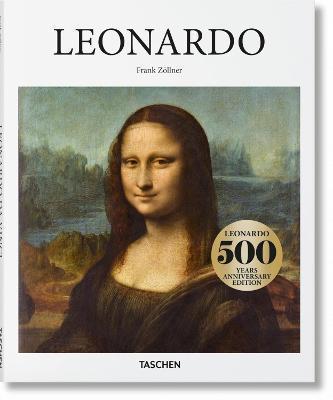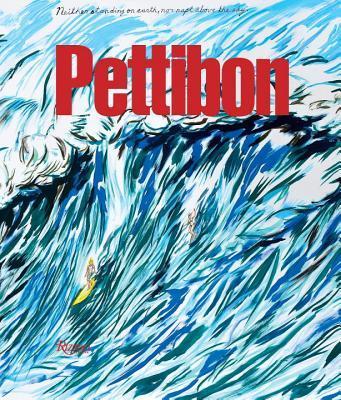Arts , Art History & Theory
Hiroshige
Utagawa Hiroshige (1797-1858) was one of the last great artists in the ukiyo-e tradition. Literally meaning "pictures of the floating world," ukiyo-e was a particular woodblock print genre of art that flourished between the 17th and 19th centuries. Subjects ranged from the bright lights and attractions of Edo (modern-day Tokyo), to spectacular natural landscapes. In the West, Hiroshige's prints became exemplary of the Japonisme that swept through Europe and defined the Western world's visual idea of Japan. Because they could be mass produced, ukiyo-e works were often used as designs for fans, greeting cards, and book illustrations. The style influenced Impressionist, Post-Impressionist, and Art Nouveau artists alike, with Vincent van Gogh and James Abbott McNeill Whistler both particularly inspired by Hiroshige's landscapes. This introductory book presents key images from Hiroshige's vibrant, vivid portfolio of blooming cherry trees, beautiful women, Kabuki actors, and busy shopping streets to introduce one of the greats of Asian art history. About the series Born back in 1985, the Basic Art Series has evolved into the best-selling art book collection ever published. Each book in TASCHEN's Basic Art series features: a detailed chronological summary of the life and oeuvre of the artist, covering his or her cultural and historical importance a concise biography approximately 100 illustrations with explanatory captions
- Schlombs, Adele
- TASCHEN Gmbh
- 2020
- 96
- Hardback
- 9783836519632
Поткатегории
